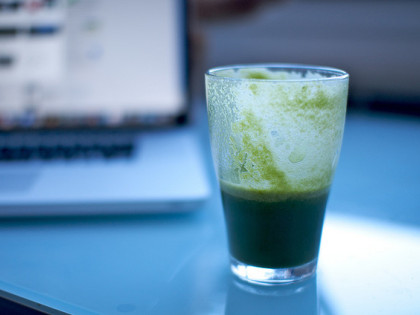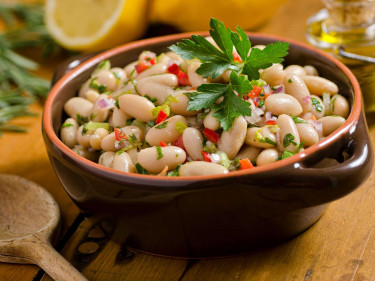In Australia someone is diagnosed with diabetes every 5 minutes. Diabetes affects about 1.2 million people.
What is diabetes?
Diabetes mellitus (diabetes) is a chronic condition that develops when there is too much glucose in the blood. This happens when the body can’t make enough insulin, or it can’t use the insulin it makes effectively.
Glucose is a type of sugar and is the body’s main energy source. When carbohydrate-containing food is eaten the body breaks the carbohydrate down into glucose. It enters the bloodstream and is transported to the body’s cells. The pancreas produces insulin when blood glucose (sugar) levels rise. Insulin acts like a key to let the glucose into the cells to provide energy.
Common symptoms of diabetes include:
- Increased thirst, increased urination
- Fatigue
- Constant hunger
- Cuts and wounds that heal slowly, skin infections, itching, fungal infections
- Urinary tract infections
- Blurred vision
- Mood swings, headaches, dizziness
- Unexplained weight loss or gradual weight gain
- Leg cramps
Over time high glucose levels can damage blood vessels and nerves. If left untreated diabetes can lead to:
- Vision loss
- Kidney failure and dialysis
- Limb amputations
- Poor mental health
- Increased risk of heart attack and stroke
What are the different types of diabetes?
There are 3 main types of diabetes:
Type 1 Diabetes
Type 1 Diabetes is an autoimmune condition. The body’s immune system stops the pancreas from producing insulin. This requires life-long insulin replacement through insulin injections or an insulin pump. It is usually diagnosed in childhood.
Type 2 Diabetes
Type 2 Diabetes occurs when the body produces some insulin, but not enough or it doesn’t work well enough to regulate blood glucose levels.
This is the most common type of diabetes (85-90% of all cases). It is often managed with lifestyle changes such as healthy eating, regular physical activity and weight loss. This type of diabetes can be progressive. Over time many people will need medication and/or insulin injections as well as lifestyle changes.
Gestational Diabetes
Gestational diabetes mellitus (GDM) occurs during pregnancy. It is the fastest growing type of diabetes in Australia, affecting between 5-10% of pregnant women.
The body still produces insulin, but other hormones produced during pregnancy interfere. The body is less responsive to insulin and blood glucose levels rise too high.
Gestational diabetes doesn’t lead to a baby being born with diabetes but it can increase the risk of a baby developing Type 2 diabetes later in life. Women with this type of diabetes can still have a healthy baby. However, managing the condition is important to reduce the risk of complications during pregnancy.
How does what you eat affect diabetes?
What you eat is important to manage diabetes. The main focus is on carbohydrate intake, as the body breaks down carbohydrate to produce glucose (sugar). To manage diabetes, consider the type, timing and amount of carbohydrate eaten at meals and snacks. For example:
- Spread carbohydrate intake across the day by eating small, regular meals. This can help regulate blood glucose levels.
- Where possible choose low glycaemic index (GI) foods. GI measures how fast or slow carbohydrate is digested to glucose (sugar) and enters the bloodstream. Low GI foods (e.g., oats, wholegrain bread, legumes) enter the bloodstream slowly. High GI foods (e.g., white bread, processed grains) enter the bloodstream quickly. Low GI foods don’t raise blood glucose levels as quickly as high GI foods.
For personalised advice see your GP and an Accredited Practising Dietitian (APD).
You can find out more about diabetes, its types, and where to find support on the Diabetes Australia website.













